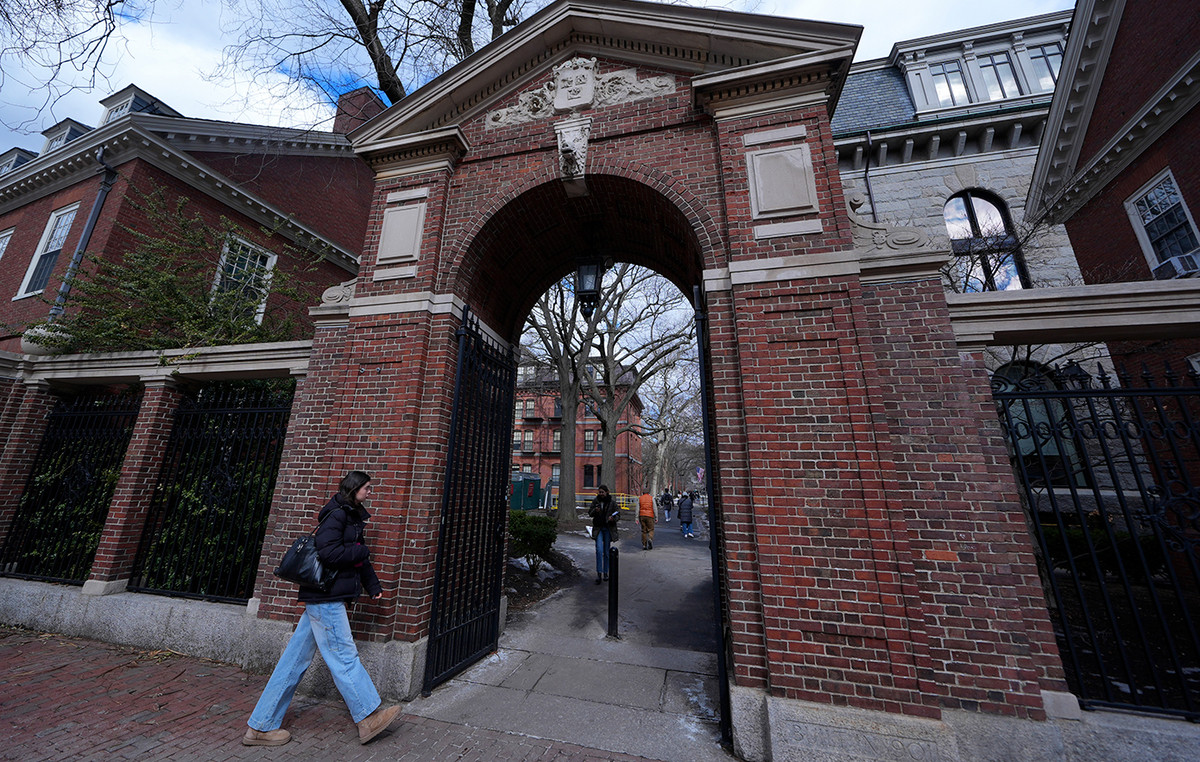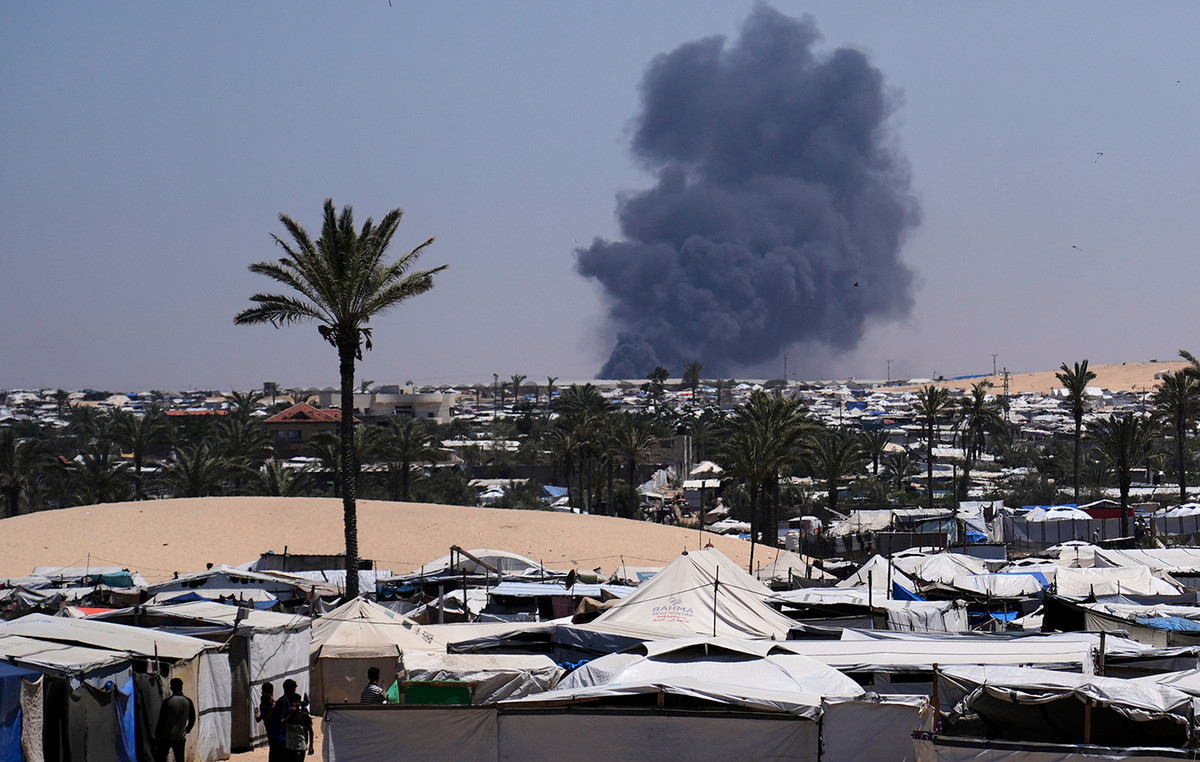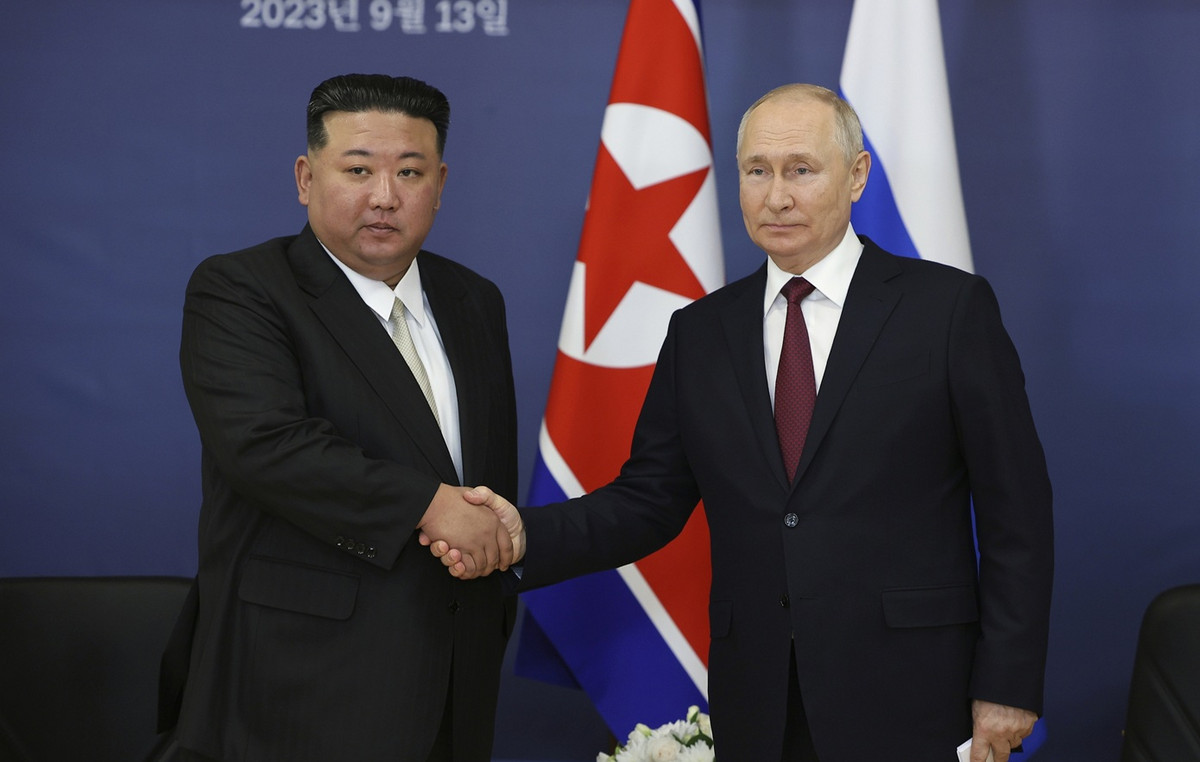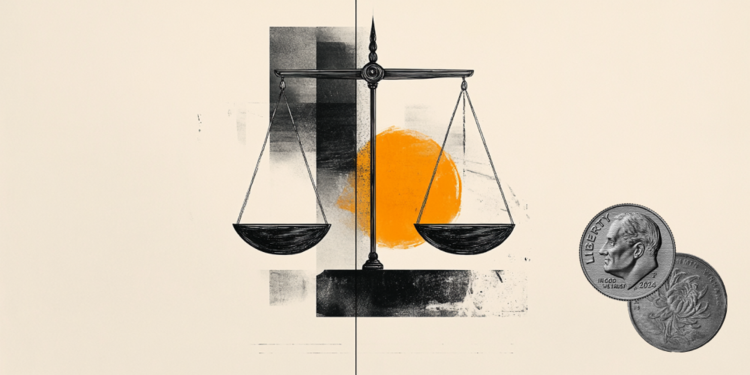The third full year after the arrival of the pandemic in Brazil, at the beginning of 2020, was marked by a series of ups and downs: in 2022, the price of gasoline rose to more than R$ 8 to then fall; inflation rose above 12% before turning to deflation; Auxílio Brasil was inaugurated at R$ 400 and then increased to R$ 600.
The year that had a significant retreat from the pandemic, a war and a change of government was also very busy in the economic field.
See below the facts that marked the Brazilian economy in 2022:
Brazil Aid from BRL 400 to BRL 600
Auxílio Brasil, a brand of the Jair Bolsonaro government’s income program, was officially born in November 2021, when Bolsa Família, its predecessor, and Emergency Aid, paid during the pandemic period, ceased to exist and were, together , replaced by the new renamed benefit.
The new aid entered 2022 being paid in the minimum amount of R$ 400, compared to the previous average of just under R$ 200 from the Bolsa Família, and the initial plan was that it would stay that way throughout 2022 – in 2023, it should return to R$ $200.
As the year progressed, with inflation and the proximity of the elections, however, the scenario changed quickly.
In mid-2022, the government rushed to change the Constitution, through the proposed amendment that became known as the “PEC of Benefits”, or “PEC Kamikaze”, and which allowed expanding the Brazil Aid from R$ 400 to R$ 600 until the end of the year.
election year
After changing the Constitution twice in 2021 to be able to spend more, with the PEC Emergencial and the PEC dos Precatorios, Bolsonaro resorted to the resource once again in 2022, this time to expand social programs a few months before the presidential election.
That was the role of the Benefits PEC, nicknamed “Kamikaze”, approved in July. As Brazilian legislation prohibits government officials from granting new benefits in an election year, the PEC also had to open a loophole for this to be possible.
It was she who increased the Brazil Aid from R$ 400 to R$ 600 until the end of the year, by allowing an extra expense and outside the spending ceiling of R$ 41 billion.
The package also included an increase in the gas allowance and the payment of aid for self-employed truck drivers and also for taxi drivers.
Gasoline at BRL 8, ICMS cut and barter at Petrobras
In 2022, fuel prices moved from historic records to the lowest values since the beginning of the pandemic.
The average value of a liter of gasoline in the country exceeded R$ 7 at the beginning of the year, the highest ever recorded in history, according to the National Petroleum Agency (ANP).
Depending on the region, it reached more than R$ 8, in a conjunction of disasters that included the high dollar and the price of a barrel of oil abroad, testing past records.
In March and April, amid the escalation of the war in Ukraine and fears of an embargo in the region, a barrel of oil reached US$ 120, which had not happened since 2014.
With one eye on inflation and the other on the election, the federal government reacted with the controversial measure that imposed a ceiling on ICMS, which is a state tax applied on fuels and also on energy and telecommunications.
The project was approved in the same “package” of July that included the increase in the Auxílio Brasil and the pre-election benefits of the PEC Kamikaze.
The federal government’s stress with the successive increases in fuel prices also led Petrobras to have its presidency changed three times within a span of just two months, between April and June.
The fact is that the cut in ICMS had an effect, in addition to coinciding with a season of relief in both the dollar and oil, and the price of fuel began to fall.
Of more than R$ 7 that hit, the liter of gasoline dropped to R$ 4.80 in October. At the end of the year, it was around R$ 5, the national average.
From record inflation to deflation
In addition to the trail of price shocks left by the pandemic, 2022 began with a war breaking out between two of the main suppliers of oil and grains in the world: Russia and Ukraine. It was like throwing a Molotov cocktail into a barrel already overflowing with gasoline.
The combo made inflation skyrocket all over the world. Even the United States and Europe saw price increases the likes of which their mature economies have not seen in over 40 years.
In Brazil it was no different, in a situation made worse by its own instabilities and a very unstable exchange rate: in the worst moments, at the beginning of the year, the dollar once again hit R$ 5.70.
In the best, between April and June, it even spent a good season below R$ 5, a range that it barely visited since the beginning of the pandemic in 2020.
The Extended Consumer Price Index (IPCA), considered the country’s official, which had been rising fast since 2021, reached the top of 12% in April 2022, the highest level since 2003 considering the accumulated inflation in 12 months.
From then on, thanks to tax cuts and also to a barrel of oil that was no longer so high on the international market, inflation began to subside, until it dropped to close to the 5% it reached at the end of the year. Between July and September, there were three consecutive months of monthly deflation.
Interest above 13%
Walking closely with inflation, the Selic, basic interest rate, also reached, in 2022, levels that it had not seen for a long time.
After the Central Bank dropped it to an unprecedented 2% in 2020, at the height of the pandemic crisis, it rose again in March 2021 and never stopped until August of this year. That’s when it arrived and stopped at the 13.75% it is now – the highest level since 2016.
There were twelve consecutive increases made by the BC, over 16 months, which added 11.74 points to the rate, in the fastest and strongest adjustment made to the Selic in two decades.
Fourth change to the Constitution in two years
With the second round of elections over, on October 30, it was the turn of the new president-elect, Luiz Inácio Lula da Silva, and his transition team to steal the spotlight, while Bolsonaro sheltered in silence at the Palácio da Alvorada.
The new class was in charge of what became the fourth proposal to amend the Constitution in just two years to find ways to exceed the spending ceiling and be able to spend more.
The Transition PEC, or the Explosion PEC, as it became known, proposed an amount of almost BRL 200 billion in addition to what was already foreseen in the 2023 Budget, and even asked that this big money be exempted from meeting the limit of the ceiling of spent for all four years of Lula’s term.
The values and deadlines were resized later in the course of Congress, but in a timid way.
The objective was to find ways to finance the maintenance of Auxílio Brasil – which will become Bolsa Família – at R$600 (instead of falling back to R$400), and fund other social programs that ran out of money in a bad budget. designed for 2023.
Repeated declarations by Lula against fiscal austerity policies, the announcement of an economic team that is more petist and less technical than the broad front that supported him would like and an attempt to patch up a consolidated legal framework to accommodate political appointments in charge of state-owned companies were some of the previews that the new president gave of what his government could be.
With the succession of incidents, the stock market and the dollar went crazy, with November and December having some of their worst days of the year.
Source: CNN Brasil
A journalist with over 7 years of experience in the news industry, currently working at World Stock Market as an author for the Entertainment section and also contributing to the Economics or finance section on a part-time basis. Has a passion for Entertainment and fashion topics, and has put in a lot of research and effort to provide accurate information to readers.





